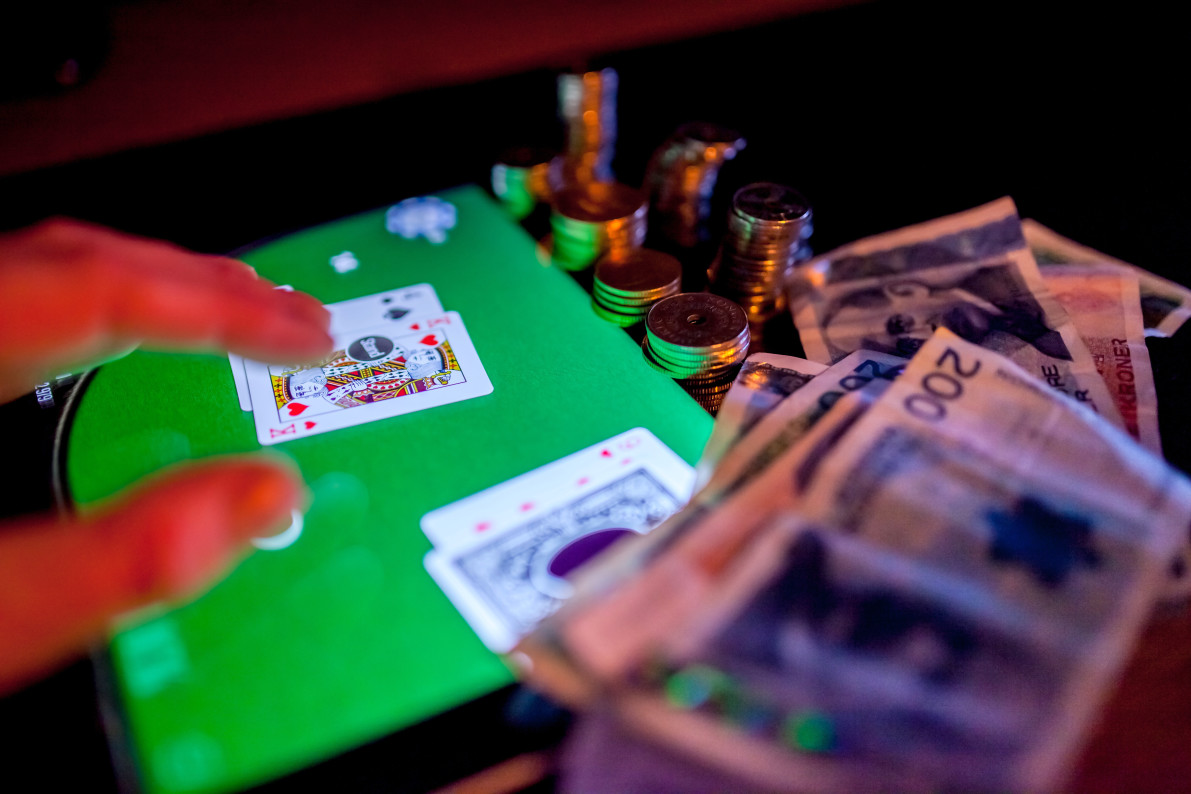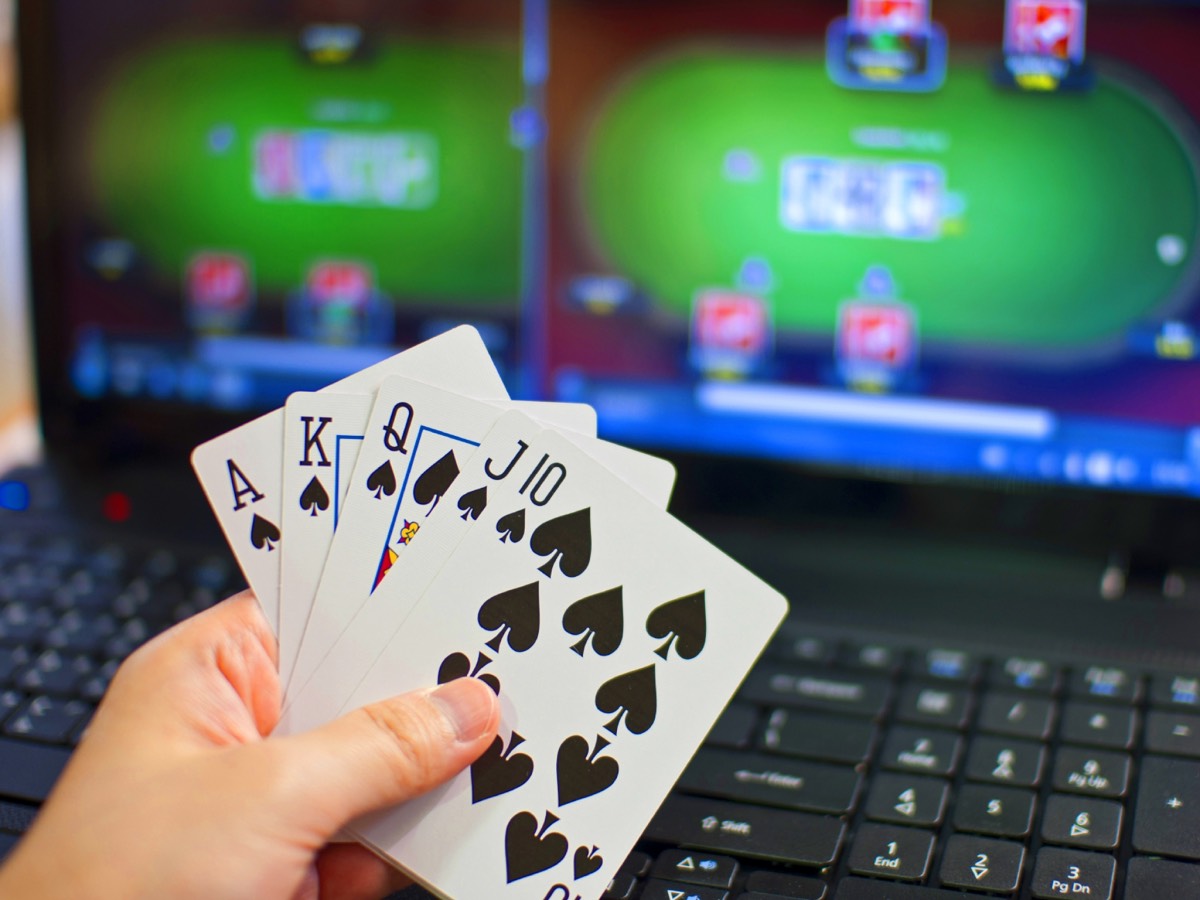[dropcap]W[/dropcap]inning stuff is awesome, and if that stuff happens to be money, even better. If the money you won was because you made a right guess, that’s just a thrill on its own. Betting is just a gripping business, and most people have a love-hate relationship when it comes to betting. The thrill of guessing and anticipating, and the reward afterward, is something few experiences can give. Yet, no one likes to lose their money. That is why understanding odds and how they work is very important when it comes to betting. The better you understand your odds, the more likely you’ll be able to cut your losses and increase your rewards.
What are betting odds?
Before going on to discuss odds, if you’re new to betting, understanding what the word entails is rather important. Basically, betting gives you the chance to predict the outcome of a certain event, and if your guess is correct, you’ll win money. It’s that simple. The betting odds tell you how likely an event is to happen, and how much money you stand to make, as well. Understanding these odds means you know what the probabilities of you winning are and more importantly what your potential winnings could be. From this knowledge, the decision to bet or not –– and how much to stake –– becomes easier and more clear.
For any event, there are several possible outcomes –– for example, flipping a coin has two: heads or tails. So, let’s say you decided to wager on tails, there’s a 50 percent chance you’re going to be correct. These are your odds, how much this event is likely to happen with each trial.

Fractional Odds
How then would you know your winnings against the probabilities? Fractional odds is how. Basically, a fractional odd is how much you’d win in a bet versus how much you put on it. So, if you have odds of 2/1 and stake $2, you’ll win $2, plus the return of your stake. Let’s say the odds are 10/1. So, for every dollar you bet, you’ll win 10, plus also the stake, and so on. What if you want to calculate the odds of that happening in the first place? Let’s say the odds are 4/1; to get your winning probability, you’ll have to do some quick math. You’ll divide the second number after the slash by the sum of the two numbers in the fractional probability. So, it becomes 1/(4+1)= 0.20, which means there’s a 20% probability that this event could happen.
Decimal Odds
Decimal odds are a bit easier to understand, and they can be used instead of the fractional odds since they’re easier to get. The math is simple; to know your winnings, you’ll multiply your stake by the odds. So, if the odds are 10 and you staked 1 dollar, the winnings will be 10 x1 = 10 dollar, including your returned stake. So, in this example, your winnings are basically 9 dollars. Hence, the difference between fractional and decimal odds is that the latter includes the returned stake in the winnings.
To simplify things even more, if we’re talking about a sports match, for instance, a 4/1 probability means that in every 4 matches, this event is expected to happen once. This is how bookmakers make their money; out of that calculation, if you bet 4 times, you’re expected to win only once, and the remaining 3 times go to the bookies. So, this is the bookmaker’s edge. What you do is you’ll go to a bookie and see the odds. If you like those odds and they seem logical enough to you, you’ll bet. If not, you won’t. It’s never really easy making that choice because you’re guaranteed to find thousands of bookies promising their customers the best odds in the world and all of them would paint a colourful picture.

Odds Comparison Tool
This is why you need an odds comparison tool; using it, you can find the better odds over several markets and by many different bookies. Another cool thing about the odds comparison tool is you don’t need to be a betting veteran to use one; its use is fairly simple and straightforward even if you’re not familiar with how sports betting works. You can find one if you click here. This tool lets you choose based on several criteria to make things even easier. You can choose the sports you like to bet on, whether its tennis, soccer, football or anything else. Then, you go through more filters like country, competition, the teams you support, and so on.
Once all those filters are done and over, you’ll see the matches you could bet on with different odds from different bookies. If you like what you see, you can now create an account and start betting on your odds.
Who sets the odds?
You might find yourself wondering, who then makes all these odds and predictions? How do they come to the odds that Arsenal winning against Southampton at home is 4.5/1 or whatever numbers they come up with? There actually is a team of people whose sole responsibility is to give the odds of the most probable to occur event; they’re called traders or risk analysts or odd compilers. They keep track of statistics, previous results, and a million pieces of information that could help in the final odd making. Then, they add a small percentage so that the bookie is guaranteed to make a profit over the long run. What happens is they tip the odds slightly in their favour, so if the favourites are likely to win by a 2.8 chance, they could make it 2.5. Doing so, they make sure they’ll be making a profit over time, when the favourites lose or draw, for example.
Now you understand what a betting odds process looks like and how to calculate your chances and winnings. Take the time and go through several bookies to get the best odds you can, and do the math to figure out if the reward is worth the risk. May the odds be in your favour!







